How to Create a Visual Brand for Yourself
Getting work is about more than your portfolio. Designers must also know a bit about marketing. This is especially true for freelancers. Your marketable self can, and will, help you land (or lose) work before it even hits your radar.
It is important to create a consistent brand for yourself today. Look at the channels you are using and how you are identified online, decide how you want to be identified and what your name and image should be, and then go out and make it happen. Here are a few tips to get you started.
The Ultimate Designer Toolkit: 2 Million+ Assets
Envato Elements gives you unlimited access to 2 million+ pro design resources, themes, templates, photos, graphics and more. Everything you'll ever need in your design resource toolkit.
Fonts and Colors
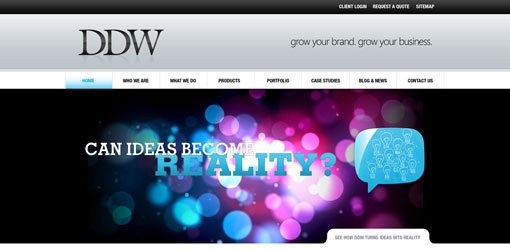
It all starts with your portfolio – both printed an online. Both versions should have the same look and feel.
Develop and use a consistent color and font palette for all of your branding materials: website, portfolio, resume, business cards, and other promotional materials. This is not to say everything has to look exactly the same. Rather, everything should have a consistent style – color and type choices are a very simple way to do that.
Fonts
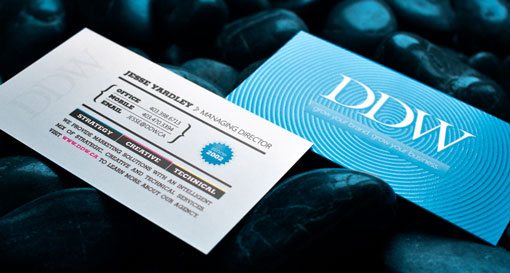
When it comes to fonts, really think about the typeface you choose for your name, think of it as your brand logo. Use something that is readable but reflects your personality and work – whether it is colorful and fun or more stark and serious. Consider your name/logo branding as the one element that must appear on all of your materials.
Colors

Stick to a distinct color palette. Use the same rules you would when designing a contract project and stick to a few colors that represent your work. Think about the portfolio pieces you plan to showcase. If they are bright and colorful, consider a black and white or neutral background to showcase the work. Also think about using a colored background to display work that is more stark in nature.
Images
Step 1: get a professional photo of yourself, preferably a headshot. It does not have to be perfectly head on, like a school photo. It is ok to show some personality. But you can’t beat the quality of a professional image.
Pick one image that you really like and use it as your photo on anything that is public, no exceptions. Use this same photo across all printed, online media and social media.
Avoid changing your image frequently. Using multiple photos or constantly changing an image can make you and the brand harder for people to recognize.
Links and SEO

Own your name. It may sound a little simple and silly, but it is a great way to make sure that online searches find you and not someone else with the same, or similar, name.
This applies both to the name you use professionally (sometimes this can be different than your actual name) and your business name if applicable. You can accomplish this by purchasing a custom URL but it is not necessary.
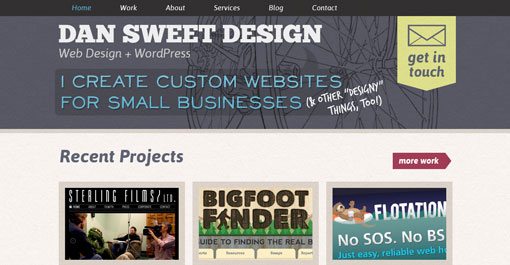
I’ll use my personal branding as an example. As a writer for various blogs, for my writing portfolio on Contently, my design portfolio on Behance, digital business card at About.me and on Twitter, I go by Carrie Cousins.
No middle initial. No odd numbers or characters. And check out the URLs – carriecousins.contently.com, behance.net/carriecousins, about.me/carriecousins and twitter.com/carriecousins — every single one contains my name in the same format. (Facebook allows for this as well and soon Google+ will allow users to create custom or vanity URLs.)
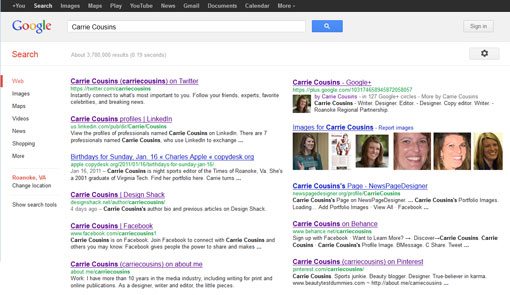
Now Google my name, “Carrie Cousins.” Check out the results. On the first page of the Google results only one item (out of 10 results and one group images), is not part of my brand – the generic LinkedIn search by name. All of the items will link you back in some way to my professional self.
This can be a little tricky. And it sometimes requires early sign-up for certain websites or having a name that is not “too common.” But if you missed the opportunity to use just your name, try a variation that would make you easy to find or consider appending an extra word or letter, such as “Carrie Cousins Designer.”
Social Media
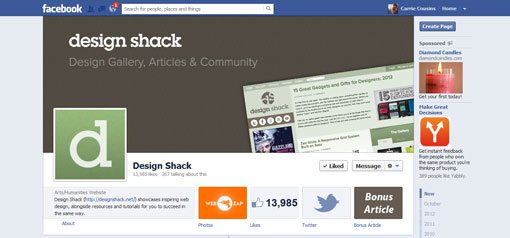
When it comes to social media, owning your name is even more important. Create vanity URLs for all of your professional accounts – and try to use the same phrase for each.
This site’s Facebook page, for example, has a vanity URL of the same name, facebook.com/designshack and the same goes for the Twitter handle @designshack and URL twitter.com/designshack.
Privacy
Next, it is time to clean up and secure privacy settings. On Facebook, if your account is public, be aware of what you post and how it reflects on your work – from photos to status updates. (We’ve all heard the tales of someone who was fired for bad-mouthing a boss online.)
My solution is to have a private, friends-only account with a public subscribe option. This way, friends and family can see and comment on my posts and photos but only my professional information and “public” posts appear in the subscription feed.
You can maintain public or private accounts on Twitter. If you are using a public account. It’s probably a good idea to avoid comments about religion or politics and steer clear of poor language and unfair criticism. Remember, this is part of your brand and you don’t want to offend potential clients.
For brevity’s sake, everything else gets bundled. Use social media to showcase your work but also be human. Participate in discussion and thank people who like your work. If you are worried about copyright and sharing, watermark images with your logo or website before posting and label online portfolio items as copyrighted. You don’t need to have one of every account out there – use platforms that you like while promoting your personal brand.
Showcase Your Brand
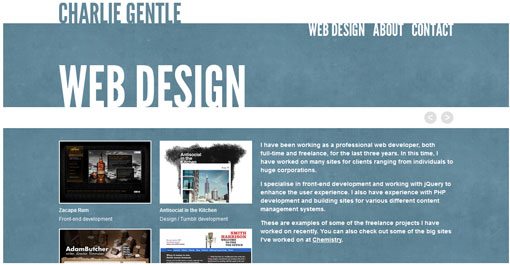
Nothing showcases and promotes your brand better than good work. Word of mouth promotion is still one of the top referral methods.
Work to create a business that people will be loyal to. Think about ways to continue to grow, change or expand, remain credible in your industry and work to ensure that your brand reflects you and your client base.
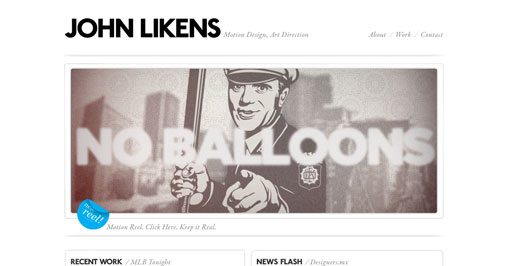
You can also expand the reach and message of your brand by getting involved in other activities, such as blogging, writing for magazine and journals and working on projects for nonprofits or groups you believe in.
Your design style says a lot about the work you produce. Use this style in your branding to reach clients that have similar visual philosophies.
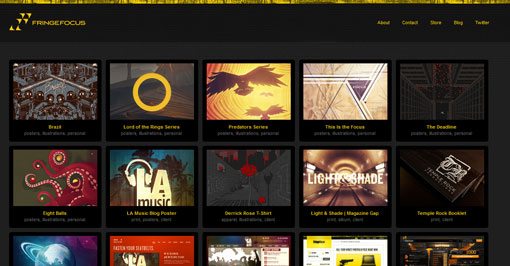
Finally, be accessible. This is a key part of your branding reach. Make sure all of your branding includes contact information or a link to your personal website.
Conclusion
The key to creating a brand that identifies you is consistency. While you can’t control everything out there, work with what you can control. Create a persona for your work. Use consistent images, themes and words to promote yourself and what you do. Make a point to own your name, likeness and work.
Remember everyone — from potential clients to employers – are looking you up before you even make contact for the first time. What do you want them to see?


